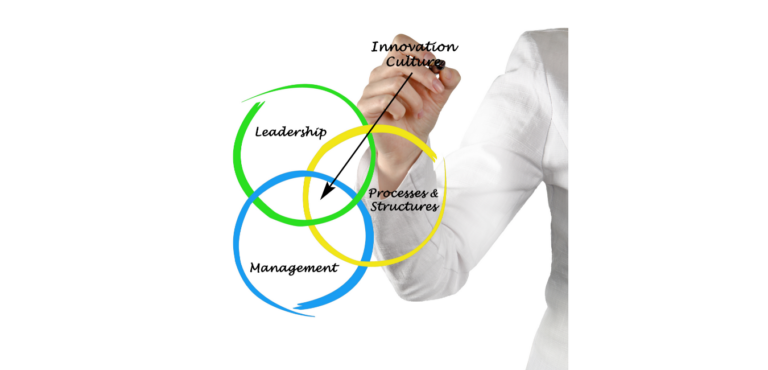Culture affects every aspect of our lives, and the foodservice industry is no exception. There is a complex dynamic between operations with the goal of customer service balanced with bottom-line profits. Culture speaks to managers that manage operations, employees, and a customer’s experience.

When we walk into a food establishment and either sit down to eat or order at the counter, we have expectations. There is a pleasant atmosphere, timely delivery of appropriately hot or cold food, friendly staff that fulfills our needs, and space to enjoy our meal. We rarely think about what goes on behind the scenes to get the food on our plates. When we are content, the manager and staff have done their job.

To reach this goal, the manager must bring all roles together into a cohesive unit that attracts and keep customers. Whether an employee is there to make ends meet or build a career, their role in projecting company culture is equally important. Everyone from the maître d’ to the person bussing tables plays a role, and when even one person in the chain misses the mark, the whole process can be thrown into chaos.














